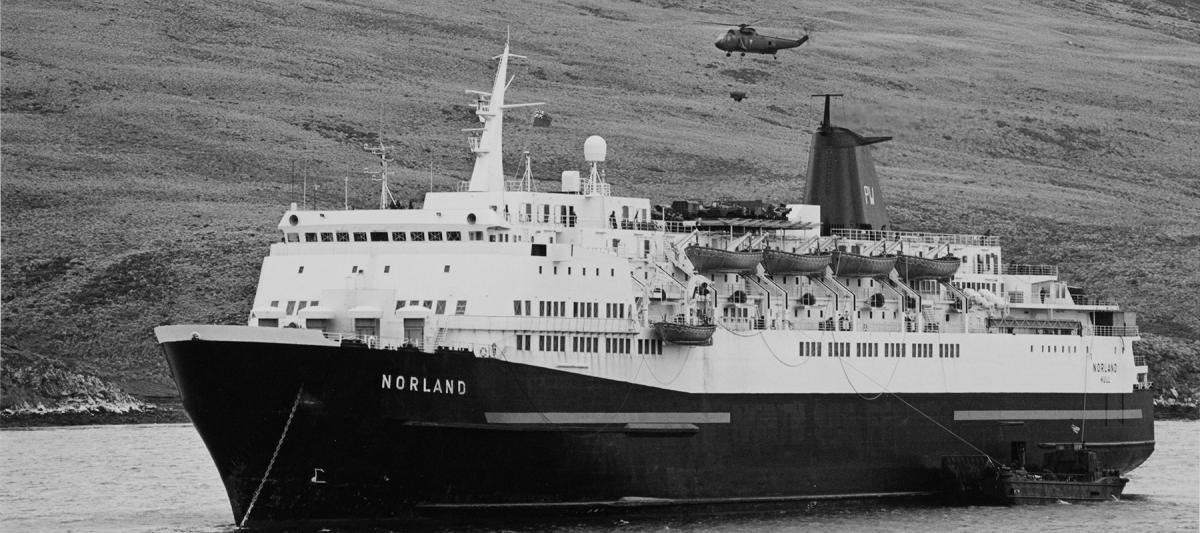Also, what you and Kirkhill are proposing may be autonomous, but they are far from inexpensive. The hulls and propulsion systems may be cheaper than a full blown frigate or destroyer, but the missile loadout you are talking about (128 + AA missiles) will set you back anywhere between 500 and 700 million dollars, so overall, your "inexpensive" wingman will cost you about 1B$, sit unused in harbour for 30/40 years just in case, and in any event cover only one potential threat while providing no capability in the meantime to carry out any of the other missions of the Navy.
But if you do not buy sufficient weapon systems then where will you be on Day 1 - putting in an order to a factory that doesn't exist with a lead time to produce of years. That's my whole point. Conflict requires weapon systems. Without them you are a bathtub navy. Honestly, I don't know how many are enough for war or even training properly but if there is one thing Ukraine is teaching is that projectiles - in quantity - matter.
The primary consideration in building any fleet (or army) is how many weapon systems are needed and how best can they be delivered. Are 15 CSC's enough. Maybe 10 CSCs and 20 weapons carriers for the price of 5 CSCs is the answer. And how do we produce a continuous supply of the weapons? To me the problem is that we aren't asking the right questions else we would be building a domestic anti-ship and anti-air missile industry.
And incidentally I feel the same way about the army. The army is much more concerned about protecting PY fiefdoms than building a force around the equipment and munitions needs for a future conflict and the right mix of Reg and ResF personnel to operate them. A retired CDS said this to me with respect to the initial Advancing with Purpose transformation:
All in all ... it didn't make sense from a combat development perspective, it was a fiscal exercise, and then the management of the remainder ...
That's because
In Canada, we tend to throw the baby out with the bathwater really easily because we've got this much money and this much of a job. And we focus on the immediate and the urgent
We focus on systems that are the bare necessity for developing the immediate core competencies of the force that is needed at the moment to support our peacetime missions but do so at the expense of the equipment that we have and the arsenal that we maintain for the future.
Also, as regards the Norwegian S-90-H, they are not really patrol vessels, but assault boats. Once again, this is amphibious warfare: When the Army asks for it, the Navy will go into it, but so long as the Army does not ask the government for the capability, it is wasted money for the Navy to do it on its own. Moreover, with the coastlines we have and, what you have in mind would require such numbers as to be incredibly demanding in manpower, maintenance and support, the whole to address an insignificant threat in the Canadian context - as opposed to the Norwegian one.
Norway's coastline is not inconsequential. It's mainland, with fjords, shoreline alone is 72,000 kilometres for a population of 5.5 million. Canada's Pacific shoreline is appx 25,000 kilometres. The Atlantic one is 42,000 kilometres and Canada's total is 243,000 all with a population of 40 million.
We have AOPS for the high Arctic but need better systems for patrolling the left and right coasts. I only brought out the S-90 as an example. It's only an assault boat when manned by a 21-man platoon. It can also do patrols carrying just its own crew of three and a few police or coast guard or troops. That's a navy and not an army task.
The range is a bit limited and could use some jacking up but all in all, you're right, it needs a support infrastructure. It would be ridiculous to operate all of them out of Halifax or Victoria considering the range. You could , however, base them out of small marinas up and down each coast and crew them with full and part-timers who live in the local communities. Tie them into a system with the Rangers as well.
As for threat? Does Norway currently have a higher threat than Canada? Or is it just good forward planning to have a force that is trained and equipped and in place to meet a threat when it occurs?
I sometimes think that the CAF slips into the same solutions as yesteryear with a few tweaks here and there to update technology. Whether that's fiscally driven or lack of vision and risk taking, I don't know. My guess is that for one less CSC, you could buy two fleet of S-90s and for the one ship's PYs you could crew both fleets with the full-time sailors needed.
Anyway. Just running shit up the flag pole here.







